With a looming pilot shortage and few dedicated single-engine trainers on the market, Cirrus has stepped up with a “purpose-built” version of the SR20 called TRAC. It includes features aimed at the training market including a “landing gear simulator.”
Cirrus says the TRAC is “thoughtfully crafted with reliability, durability and economy in mind to meet the rigors of high-tempo flight operations, while providing industry-leading safety and performance for both the pilot trainee and flight instructor.”
Based on the Lycoming IO-390-powered SR20, the TRAC will include a Garmin Perspective flight deck with an airline-style FMS keyboard for data entry. In addition to “rear seat push-to-talk functionality,” the TRAC will have a landing gear simulator system that will teach the student the ways of the retractable gear without the airplane actually needing the equipment. A small switch on the right side of the center console will allow the instructor to set up system-fault scenarios for the student to work through. To match the training role, the normally luxurious interior of the SR20 is replaced by “a durable all-weather floor liner and easy to clean wear-resistant seats.”
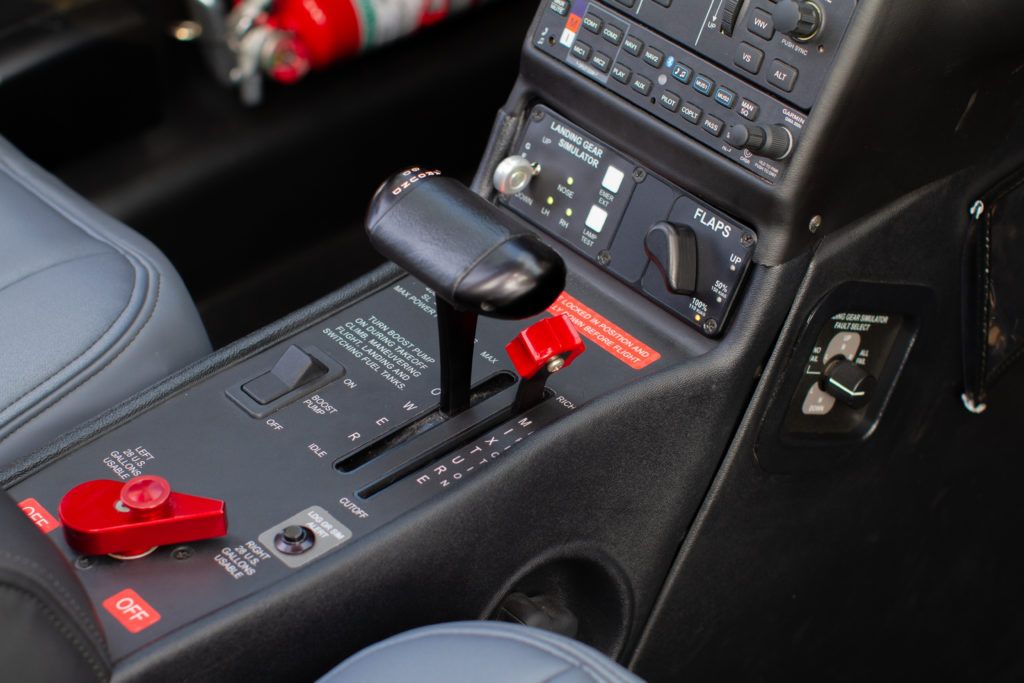
“Our commitment to flight training goes far beyond innovation in aircraft design to include a unique approach to attracting and training future generations of aviators,” said Zean Nielsen, CEO at Cirrus Aircraft. “The TRAC Series delivers a 21st century solution for world-class, forward-thinking flight training institutions.”
“Premier flight programs around the world continue to select Cirrus Aircraft for their training fleets,” said David Moser, vice president of fleet & special mission aircraft sales at Cirrus Aircraft. “These partnerships have been instrumental in our development of the technologically advanced, cost-effective TRAC platform designed exclusively for leading flight academies and universities across the globe.”
The base price for the TRAC is $409,900 and can reach $541,500 with all the TRAC20 packages selected.


































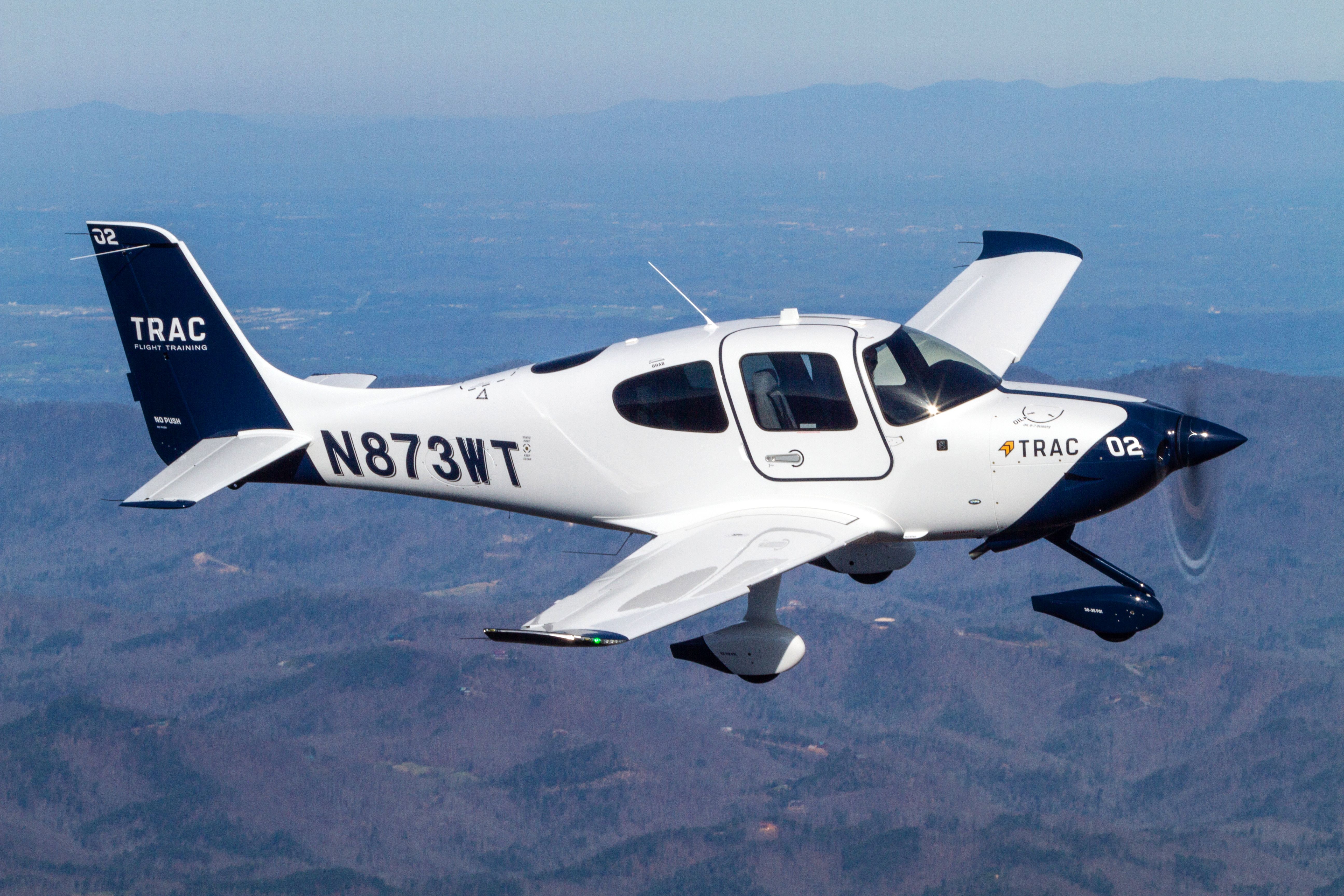
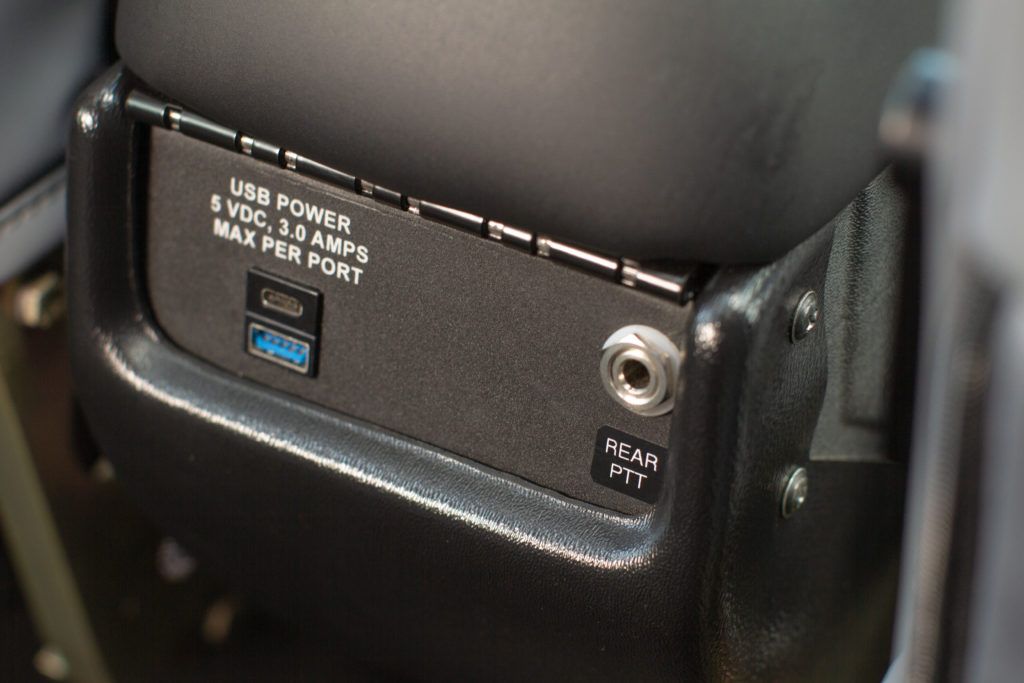
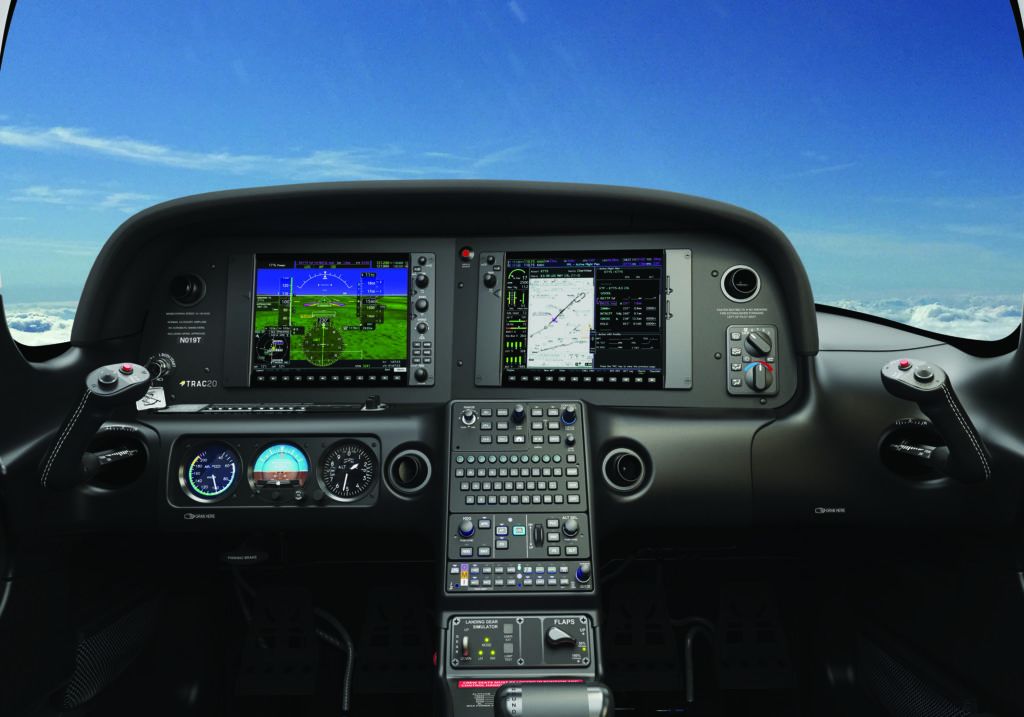
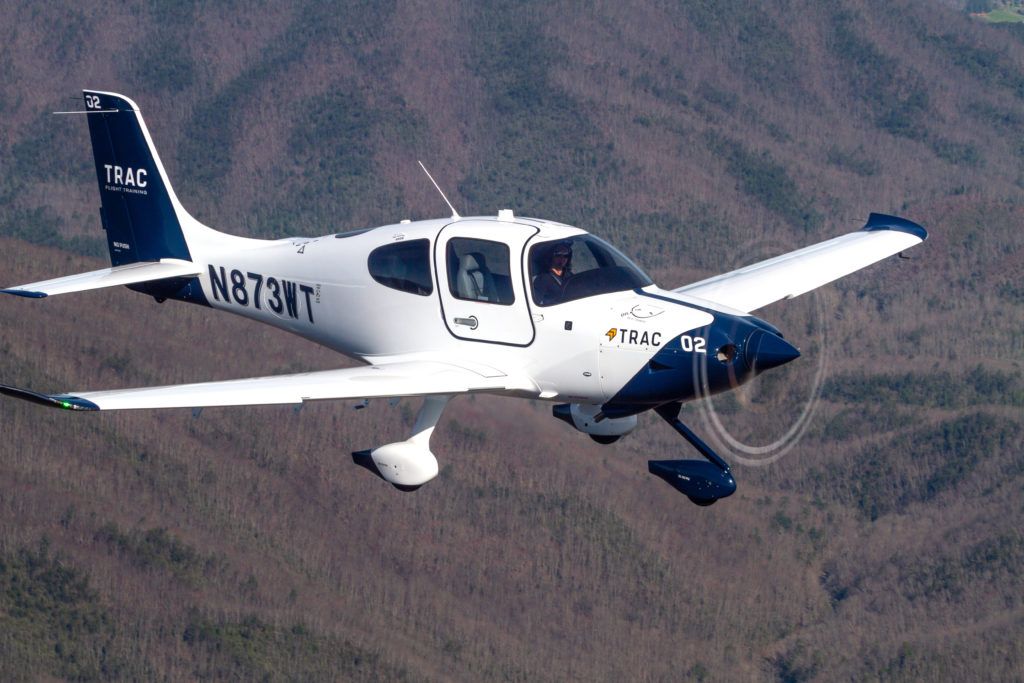

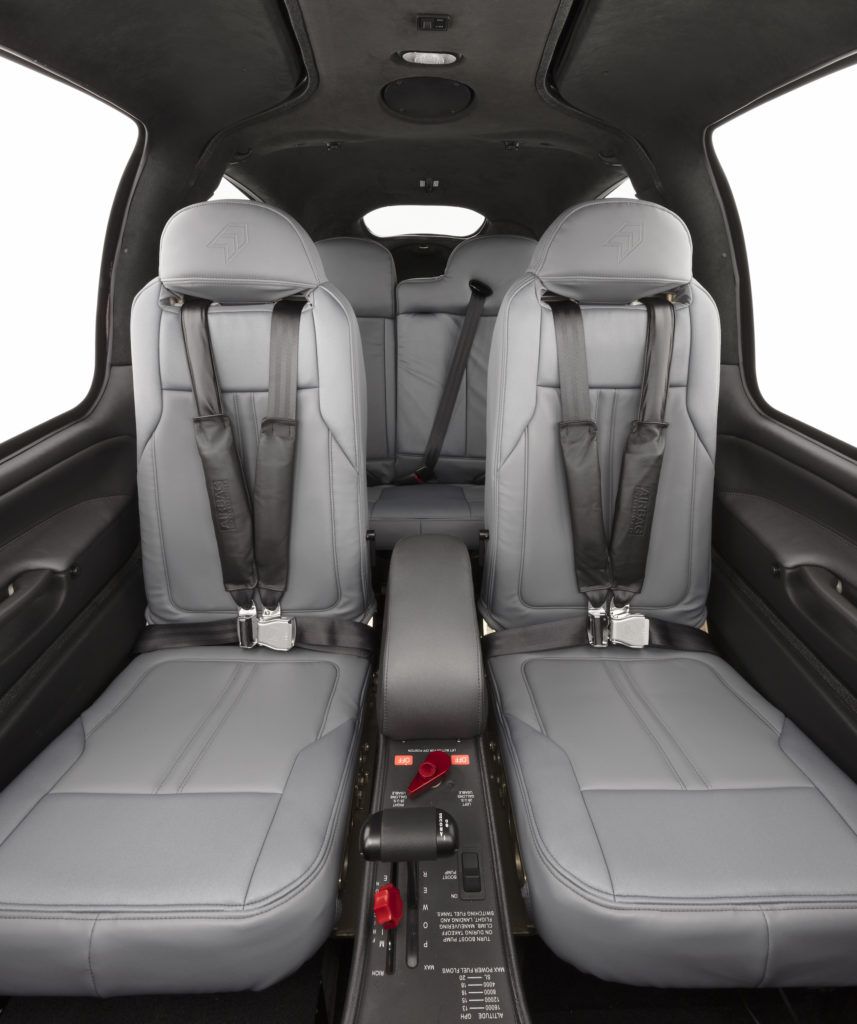
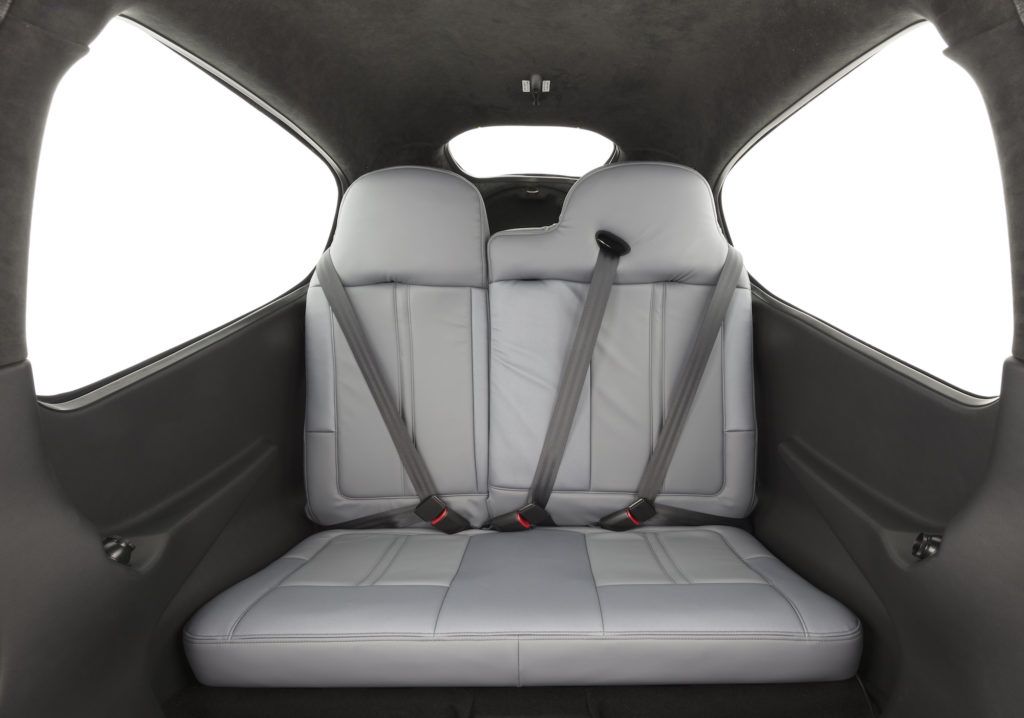

“The base price for the TRAC is $409,900 and can reach $541,500 with all the TRAC20 packages selected.”. The TRAC appears to be a wee bit too much of an airplane to be a trainer. Maybe after the Generation X aircraft are all but gone. My prediction is that the TRAC ain’t gonna fly as a trainer.
At that price break, this will never be a primary trainer. With C150/152s and Cherokee 140s drying up and 172s not far behind what is needed, yes it’s been said before, is a two-place primary trainer under 100k.
The flying school at the small local airport I fly out of can’t even afford that.
Price is high but look what you get for your money. A simple (not complex) fast, Lycoming powered 4 seat plane. Negatives are a tricky handling plane while low and slow (really bad for beginners), requires perpetual shade hangers (composites),, disposable plane safety features, High insurance and high cost so maintenance, and long landings. Worst of all, 3 green lights is NOT a simulation of retractable gear!! Which bulb changes the stability, which bulb adds or subtracts 15 knots, and which bulb alters the pitch. I can wait to see the spin training. Sorry, but as an instructor with Cirrrus experience, I do not see good basic training coming from this incompetent trainer. It will do even worse as a HP/complex trainer. But, at this price, ballistic parachute and all, I see good sales and high profits margins.
Absolutely, 100% correct. And as a student, other then the wow factor, it wouldn’t be sensible to train in an aircraft like this.
George, I couldn’t agree with you more about the Cirrus’s Trac NOT having a landing gear simulator. I know because I worked on the subject, and I earned some FAA acceptance. FMI see this story from 2009……
http://www.aero-news.net/index.cfm?do=main.textpost&id=39c27c99-8789-4995-bee0-527bb65a232c
Who says new technology moves fast?
Greg
I don’t think there will be many flight schools that will or can layout a half millin bucks for one of these. I’d love to know what the hourly cost of operation will be. Nope, don’t think it will do well as a trainer.
Cirrus was bought out by CAIGA, a division of the Chinese state-owned Aviation Industry Corporation of China (AVIC). Maybe the TRAC is intended for them. Who knows?
The TRAC is meant for captive training by airlines and their subsidary training facilities. A closer match for the replacements of the ubiquitous C-150 or PA-28 was also recently announced in AvWeb, the Texas Aircraft Manufacturing Colt:
The Colt features an all-metal riveted design with an integrated steel-tube cage around the occupants. With a 100-HP Rotax 912 ULS under the hood, the Colt carries a claimed 110-knot cruise, 800-FPM maximum climb, and a 38-knot full-flap stall speed. Empty weight is listed as 839 pounds, so with the fuel tanks full (31.7 gallons), the payload is just over 290 pounds. Prices start at $167,000.
IMWO, a candidate trainer needs to have a fuel capacity sufficient for 4:30 cruise, AND a zero-fuel payload of at least 500 pounds. That puts the useful load into 700+ pounds territory. Not very likely at much less than 1,900 pounds gross.
The Bye Aerospace eFlyer makes way more sense as a basic trainer. Total costs (purchase, insurance, fuel, maintenance) somewhere less than $30/hour, and happier airport neighbors due to quieter operation and no 100LL spewing out the tailpipe. Which is why they already have 300 orders with deliveries starting next year.
And how many FLIGHT hours per day will this electric airplane deliver? UTILIZATION is the key to success.